2-Acetylphenothiazine
Synonym(s):NADPH Oxidase-1 Inhibitor, ML171, 2-APT, 2-acetylphenothiazine;NOX1 Inhibitor, ML171 - CAS 6631-94-3 - Calbiochem
- CAS NO.:6631-94-3
- Empirical Formula: C14H11NOS
- Molecular Weight: 241.31
- MDL number: MFCD00005017
- EINECS: 229-626-4
- SAFETY DATA SHEET (SDS)
- Update Date: 2023-06-08 09:02:34
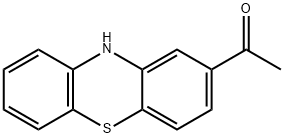
What is 2-Acetylphenothiazine ?
Description
2-Acetylphenothiazine (2-APT) is a selective, cell-active inhibitor of NADPH oxidase 1 (NOX1) that blocks the generation of reactive oxygen species (ROS) in HT-29 cells with an IC50 value of 0.129 μM. It does not affect xanthine oxidase-dependent or mitochondrial ROS generation. 2-APT prevents ROS-dependent formation of ECM-degrading invadopodia in colon cancer cells. It also abolishes collagen-induced superoxide production by platelets (IC50 = 306 nM), preventing platelet aggregation and thrombus formation. 2-APT protects beta cells from cytokine-induced apoptosis by inhibiting NOX1. 2-APT can also activate the human transient receptor potential ankyrin 1 (TRPA1) nociceptor at 1-30 μM.
Chemical properties
Yellow white or green crystalline powder
The Uses of 2-Acetylphenothiazine
2-Acetylphenothiazine is a potent and selective NADPH oxidase 1 (NOX1) inhibitor that blocks NOX1-dependent ROS generation. 2-Acetylphenothiazine has been shown to inhibit SrcYF-induced invadopodia formation in human DLD1 colon cancer cells.
The Uses of 2-Acetylphenothiazine
2-Acetylphenothiazine was used as a NADPH oxidase (NOX) inhibitor in human platelet functional responses and intracellular signaling pathways. It was also used in the synthesis of 2-phenothiazin-2′-yl-cinchoninic acid derivatives.
What are the applications of Application
2-Acetylphenothiazine is A biochemical that was used as a Nox (NADPH oxidase) inhibitor in human platelet functional responses and intracellular signaling pathways.
Definition
ChEBI: 1-(10H-phenothiazin-2-yl)ethanone is a member of phenothiazines.
Properties of 2-Acetylphenothiazine
| Melting point: | 180-185 °C (lit.) |
| Boiling point: | 455.7±34.0 °C(Predicted) |
| Density | 1.249±0.06 g/cm3(Predicted) |
| storage temp. | Sealed in dry,2-8°C |
| solubility | DMSO (Slightly), Methanol (Slightly, Heated) |
| form | Dark yellow-orange powder |
| pka | -2.45±0.20(Predicted) |
| color | Yellow to Dark Orange |
| λmax | 244nm(MeOH)(lit.) |
| CAS DataBase Reference | 6631-94-3(CAS DataBase Reference) |
Safety information for 2-Acetylphenothiazine
| Signal word | Warning |
| Pictogram(s) |
 Exclamation Mark Irritant GHS07 |
| GHS Hazard Statements |
H302:Acute toxicity,oral H412:Hazardous to the aquatic environment, long-term hazard |
| Precautionary Statement Codes |
P273:Avoid release to the environment. |
Computed Descriptors for 2-Acetylphenothiazine
New Products
(S)-3-Aminobutanenitrile hydrochloride 4-Methylphenylacetic acid N-Boc-D-alaninol N-BOC-D/L-ALANINOL Tert-butyl bis(2-chloroethyl)carbamate 3-Morpholino-1-(4-nitrophenyl)-5,6-dihydropyridin- 2(1H)-one Furan-2,5-Dicarboxylic Acid Tropic acid 1-Bromo-3,5-Di-Tert-Butylbenzene S-2-CHLORO PROPIONIC ACID ETHYL ISOCYANOACETATE 2-Bromo-1,3-Bis(Dimethylamino)Trimethinium Hexafluorophosphate 4-IODO BENZOIC ACID 3-NITRO-2-METHYL ANILINE 1-(2,4-DICHLOROPHENYL) ETHANAMINE (2-Hydroxyphenyl)acetonitrile 4-Bromopyrazole 2-(Cyanocyclohexyl)acetic acid 4-methoxy-3,5-dinitropyridine 1-(4-(aminomethyl)benzyl)urea hydrochloride 2-aminopropyl benzoate hydrochloride diethyl 2-(2-((tertbutoxycarbonyl)amino) ethyl)malonate tert-butyl 4- (ureidomethyl)benzylcarbamate Ethyl-2-chloro((4-methoxyphenyl)hydrazono)acetateRelated products of tetrahydrofuran

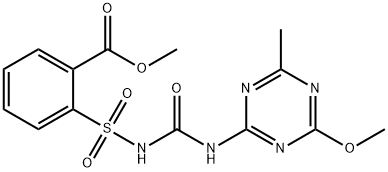
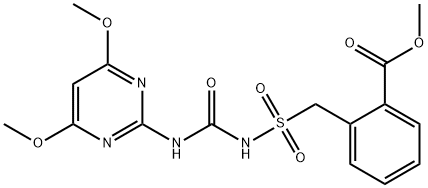




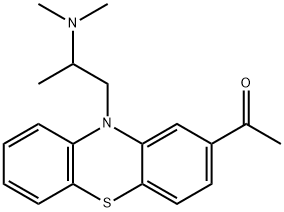
You may like
-
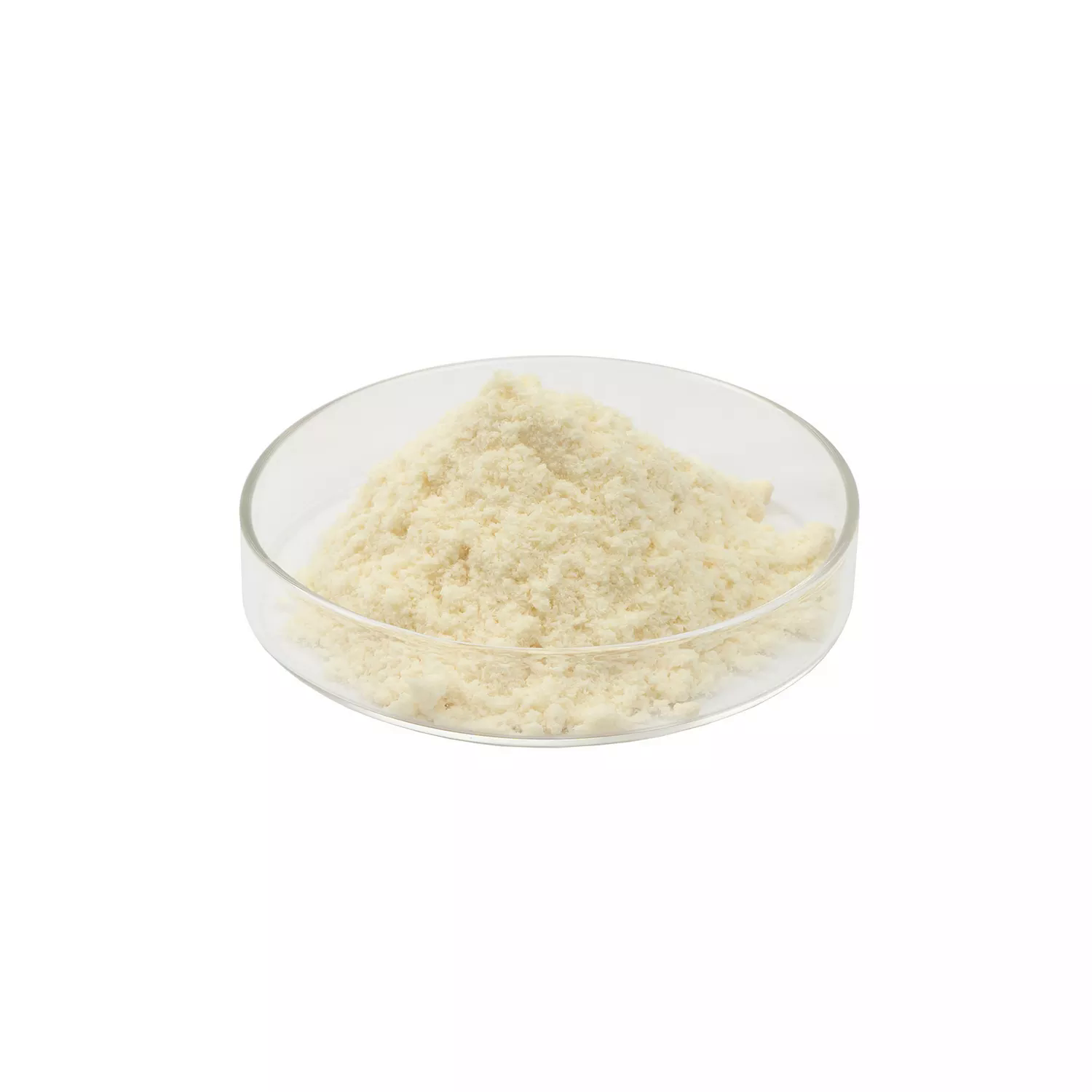 6631-94-3 2-Acetylphenothiazine 98%View Details
6631-94-3 2-Acetylphenothiazine 98%View Details
6631-94-3 -
 2-Acetylphenothiazine CAS 6631-94-3View Details
2-Acetylphenothiazine CAS 6631-94-3View Details
6631-94-3 -
 NOX1 Inhibitor, ML171 CAS 6631-94-3View Details
NOX1 Inhibitor, ML171 CAS 6631-94-3View Details
6631-94-3 -
 2-Acetylphenothiazine CAS 6631-94-3View Details
2-Acetylphenothiazine CAS 6631-94-3View Details
6631-94-3 -
 1975-50-4 98%View Details
1975-50-4 98%View Details
1975-50-4 -
 2-HYDROXY BENZYL ALCOHOL 98%View Details
2-HYDROXY BENZYL ALCOHOL 98%View Details
90-01-7 -
 14714-50-2 (2-Hydroxyphenyl)acetonitrile 98+View Details
14714-50-2 (2-Hydroxyphenyl)acetonitrile 98+View Details
14714-50-2 -
 118753-70-1 98+View Details
118753-70-1 98+View Details
118753-70-1